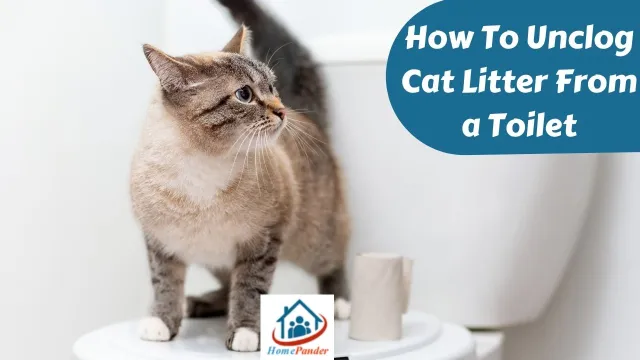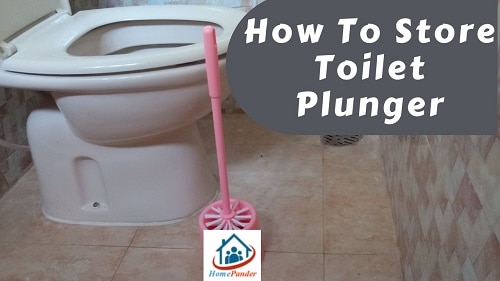Bathroom tiles may be a luxury nowadays but keeping them in pristine condition is hard. If not maintained properly, they might develop stains. Once that happens, it’s notoriously difficult to get rid of them. And that’s where we come in.
So, the key question is, how to clean bathroom tiles stain?
In order to remove stains, you could apply baking soda and vinegar. Bleach is also a great option. In some cases, scrubbing the tile with warm water will do the trick. Salt can be very helpful in removing hard water stains. Lastly, hydrogen peroxide is known to be a proven winner against stains.
This was just a sneak peek. You’ll need to know how to apply these methods in detail in order to be successful. So why not read along?
Let’s get started!
What Causes Stains To Develop on Bathroom Tiles?
Many kinds of stains can develop on your bathroom floor. Before you can learn how to clean them, you must first understand what’s causing them. Let’s look at some of the most common causes of stains-
Reason 1: Microbes
Most of the tile stains are caused by various kinds of microbes. Microbes are all around us. As a result, stopping them from coming into contact with tiles is almost impossible. This is why stains develop on the bathroom floor
There are numerous reasons why stain-causing microbes may first appear on your tiles. A change in room temperature is an example. As a result, humidity and moisture accumulate.. Microbes like bacteria, mold, and mildew thrive in damp environments. The most obvious area is around your toilet. If you continue to leave the tiles around your toilet wet, microbes will cause stains. As a result, you’ll need to know how to clean toilet tiles stain.
Reason 2: Accumulation of Dust
Dust and Dirt are all around us. It is nearly impossible to avoid them. They’ll both come from just about anywhere and start to gather.
Dust, for example, will accumulate if you leave your bathroom window open at all times. Furthermore, dust might also come from dead skin shed by people, fibers from carpets, etc. Dirt also comes from various sources. Your dirty shoes are a common example.
If dust and dirt are not cleaned properly, they’ll leave a mark on the tiles.
Reason 3: Grout Haze
The process of grout tile installation involves covering the entire floor with grout.
The excess grout has to be properly removed. Otherwise, the little that remains will dry out. As a result, a dull white stain will form on the bathroom tile. This stain is known as grout haze.
Reason 4: Hard Water Stains
Water becomes hard due to the build-up of calcium and magnesium. When hard water evaporates from your bathroom, it leaves a very thin coating on tiles. This ultra-thin calcium and magnesium coating isn’t visible initially on the surface of your tile.
If not thoroughly cleaned, they’ll mix with new mineral crystals. As a result, brown stains will appear on your tiles over time. And, hard water stains are responsible for toilet stains as well.
Learning how to clean bathroom tiles with hard water stains can be quite difficult. But, with time and patience, it’s doable.
Reason 5: Rust Stains
Rust stains are caused by dripping showers, toilets, and sinks. They can make your bathroom appear unhygienic and unpleasant.
It should be noted that rust can cause perforations in the floorboards. Furthermore, it has the potential to damage the finish on the tiles.
Repairing the leaks will aid in preventing further damage. However, removing the stains may save you from replacing the tiles in the future.
How to Clean Bathroom Tiles Stains In 10 Easy Methods?
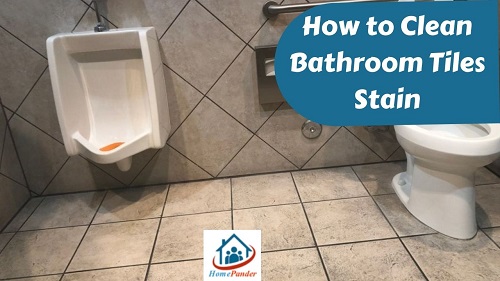
We’ve now reached the main part of the guide. It is a hard job to clean bathroom tile stains. Not many people look forward to doing it. Moreover, it can even take several days at a time. If you follow our methods carefully, you’ll be able to remove any stains you come across.
Method 1: Using Baking Soda and Vinegar
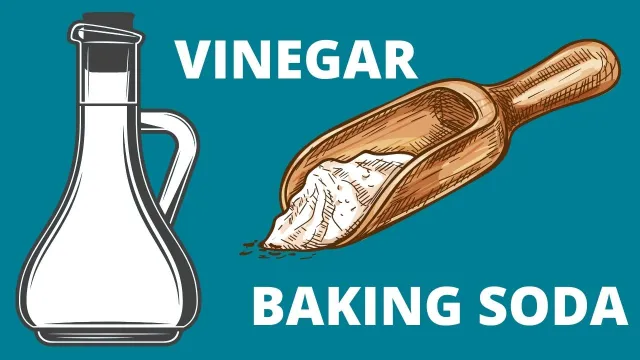
Baking soda can be an effective tool in removing even the toughest of stains. Additionally, you can use vinegar to make the solution more potent.
To begin, make a paste by combining baking soda and water. The paste should then be applied to the stained area of the tile. Now you can pour a few drops of vinegar over the mixture. Please wear gloves before you touch the vinegar. The chemical reaction would then begin by itself.
Allow at least 80 minutes for the solution to sit to stop foaming. After that, take a hard brush and begin scrubbing the stain. You should be able to see the stains fading now.
Always remember to rinse off the floor with water to avoid the growth of unwanted substances.
This is how to clean bathroom tiles stain with baking soda.
This technique can also be used successfully in order to remove bathroom mirror stains
Method 2: Using Just Bleach
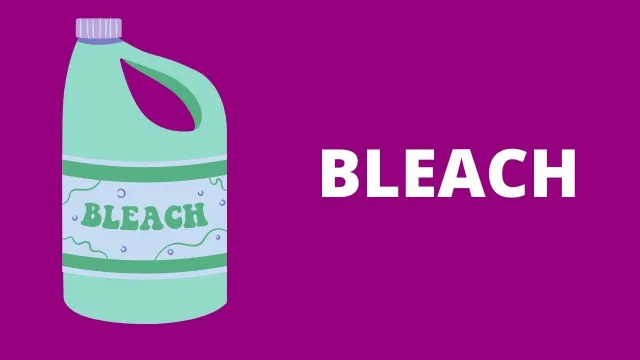
Bleach is also highly effective against stains. However, you should only use it in extreme circumstances. Using it frequently will corrode your tile.
First, take one gallon of water and mix it with ¾ cup of bleach. Then, soak a cloth in the concentrated bleach mixture and dab it on the stain. Next, wait for about 15 minutes. The stain should go away by then.
Finally, simply wash the affected area with hot water. Make sure you don’t come into contact with the bleach.
Method 3: Applying Salt
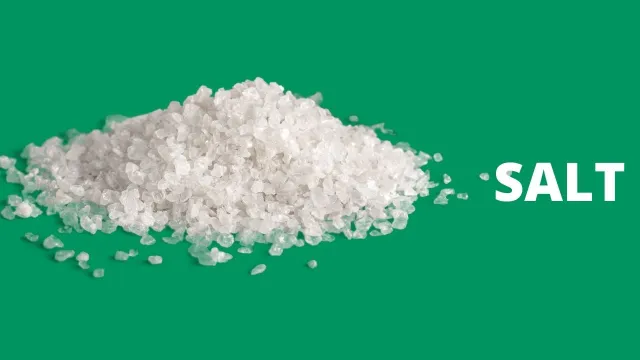
Using salt is yet another useful way to eliminate stains. Salt can help you remove bathroom hard water stains from the tiles. Furthermore, salt is a great disinfectant because it can kill germs in your bathroom.
The stained tile should be soaked in water first. Next, sprinkle some salt over the area and leave it on for about 40 minutes. Finally, scrub off the salt with a sponge.
There’s one thing you should keep in mind. That is, the longer the salt remains on the stain, the more beneficial it becomes.
You may be wondering which sponge to purchase at this point. Here are our picks for the top two sponges-
| Product 1 | Product 2 |
| Zwipes Microfiber Bathroom Cleaning Sponges. | Odor-Resistant All-Purpose Scrubbing Sponge. |
These sponges should last you for a while. Let us now carry on.
Method 4: Using Hydrogen Peroxide
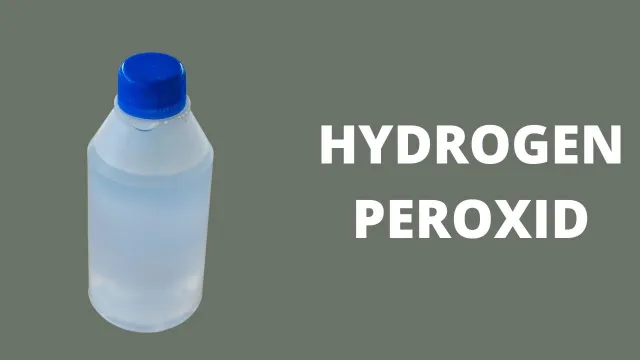
Hydrogen Peroxide mixed with borax is another excellent choice in removing stains.
Firstly, you should pour the borax over the stain first due to its alkaline nature. The amount you’ll need is mentioned in the manual. Allow it to sit for at least 2 hours.
After 3 hours have passed, go ahead and pour the hydrogen peroxide on the area. Feel free to do something else and come back after 2 hours. When you return, you should notice that the stain has vanished. Lastly, rinse the area off with soap and warm water.
For very stubborn stains, you can directly apply the hydrogen peroxide. Also, This method will come in handy while cleaning bathroom sink stains.
Method 5: Using Warm Water and a Brush
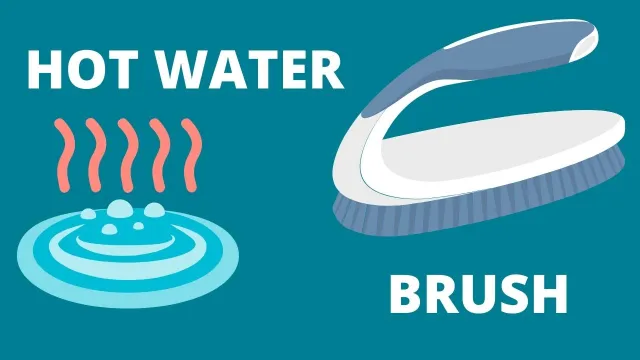
This method is for stains that are mild. Cleaning brushes with stiff bristles are recommended as they work very well.
To begin, scrub the stain vigorously in a clockwise direction with lukewarm water. Then, allow the area to dry.
If the buildup is too severe, let the water sit on the grout for a few minutes. After that, you can start scrubbing.
Method 6: Using a Tile Cleaning Product
There are numerous products designed specifically to help remove stains from bathroom tiles.
These products are generally made from natural ingredients. In addition, They are not harmful to any type of bathroom tile.
These cleaning supplies are available at a variety of retailers and other home improvement stores. Finding the best stain removing product should not be difficult. You simply need to look at their ingredients to find the best product for your bathroom times.
Method 7: Using Cooking Oil
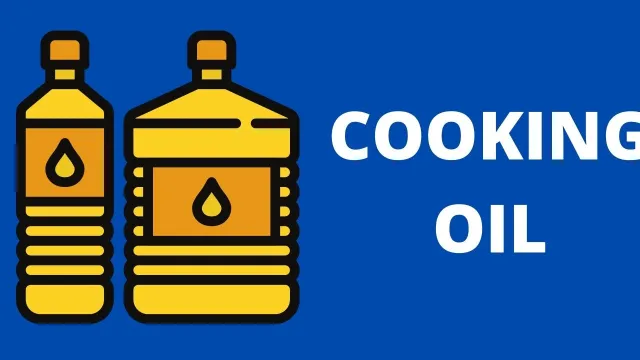
This simple tip is not widely known. You can use just a few drops of cooking oil to clean stains from your tiles. However, you must exercise caution when implementing this useful tip.
What you’ll have to do is use a soft cloth and dab some cooking oil into it. Then, scrub the stained area vigorously. You’ll see that the stains are coming off slowly.
After you have completed the cleaning procedure, thoroughly wash your bathroom tiles. When removing excess oil from your tiles, make sure to use soap or shampoo. This method can be used frequently to remove any stains from your tiles completely.
Method 8: Using a Mixture of Baking Soda and Bleach

Baking soda alone is good enough to remove stains. Mixing it with bleach is sure to remove the most stubborn stain there is.
To start, take 4 spoons of baking soda and 2 spoons of bleach. Next, pour them into a pot and mix them rigorously.
When the paste is ready, apply it to the stain on the bathroom floor. Let a few minutes pass for the paste to dry. After that, add some water and start rubbing the tiles. The stain should come off in no time.
Method 9: Applying Oxygen Bleach
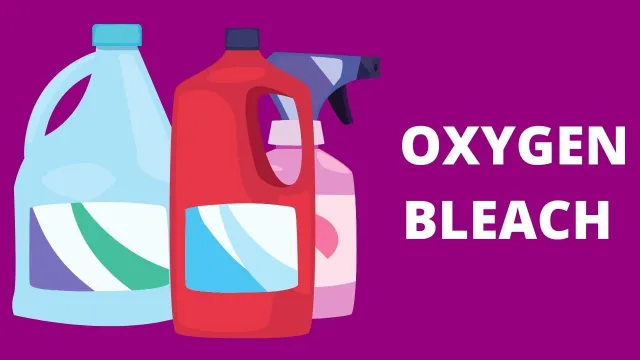
Using oxygen bleach is another surefire way to get rid of stubborn stains.
First, put about 2 tbsp of oxygen bleach into a bucket. Then, pour about 2.5 quarts of water into it to make the solution. Using that solution, soak the stained area of the tile. And then, allow it to settle for about 30 minutes.
To conclude the process, wash off the area with cold water. Remember to follow the product application’s instructions.
After using bleach or other effective cleaning products, remember to ventilate the bathroom. This is because ventilation allows for fresh air. This is required due to the use of oxygen bleach.
Method 10: Using Club Soda
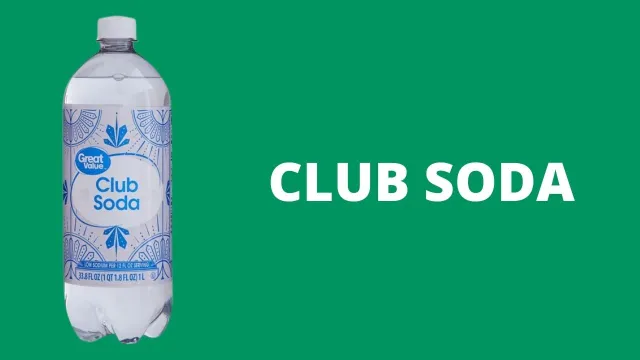
If you don’t have baking soda at your disposal, club soda will do just fine.
Select a flavorless, sugar-free club soda. Water and carbonation will be enough to get the job done.
Pour a sufficient amount of soda on the stain to create a puddle of water. Then, leave it to react for a few minutes. The carbonation should effectively lift the stain. Easily wipe away any remaining liquid. And then scrub the stain with an abrasive sponge to get rid of it..
Carefully follow all these steps. You should be able to clean any bathroom tile stain you come across.
How Do I Prevent Stains on the Bathroom Tiles?
Bathrooms are an integral part of any house. If you maintain them properly on a regular basis, you won’t have to worry about stains. Here are a few things you can do to keep stains from accumulating-
Tip 1: Mopping

Mop the floor with a ceramic tile cleaner at least once a week. Then, thoroughly rinse with clear water. Upon mopping, use a towel to quickly dry the tile. Always remember not to leave the bathroom floor wet.
There are two things to keep in mind during moping. One is to avoid soaking your flooring excessively. This is particularly important if you’re using a wet mop. With each soak, it becomes filthier.
The next thing to remember is to mop small sections of the floor at a time. Keep doing this until the area is completely clean.
Tip 2: Using Rugs

Place rugs on the tile in areas where water splashes. Areas like this include those near sinks or tubs.
Entryway rugs prevent tracked-in water from evaporating on the floor. Watermarks are therefore avoided.
Additionally, rugs will also prevent the accumulation of dirt in your bathroom. Make sure to avoid getting the rugs wet.
Tip 3: Deep Cleaning
Deep cleaning solutions should be used every so often. This’ll help remove stains without damaging your tiles.
To deep clean, mix ½ cup white vinegar with a gallon of warm water. This organic approach is particularly useful in the bathroom. If you don’t have vinegar on hand, a half cup of rubbing alcohol will be enough.
Tip 4: Steaming the Bathroom
Start the hot steaming shower for a few minutes and close the door. Make sure the bathroom engulfs with steam.
The idea here is to loosen tough and stubborn grime. Warmth and moisture will make cleaning the floor tiles much easier. As a result, you won’t find yourself scrubbing away at grout incessantly.
After about five minutes, open it up and get to work once the steam has subsided.
Tip 5: Vacuuming

Use a vacuum to get rid of the debris before it becomes ingrained in your floor. It’d be wise to do this daily. This is the simplest and quickest way to make sure your floors don’t develop stains.
You can use a fluffy dust mop as an alternative to vacuum. However, a straw broom will scratch your tiles if used for the job.
If you implement all these tips, the bathroom tile stains will become a thing of the past.
FAQs
Question: How do I remove rust stains from bathroom tiles?
Answer: Spray some WD-40 directly onto the rust stain to remove it. Then set it aside for 10 minutes. After that, use an old toothbrush or an abrasive sponge to clean the area. Alternatively, you can also use lemon juice.
Question: Will hydrogen peroxide damage the bathroom tile?
Answer: Hydrogen peroxide is safe to use on tiles because it is a non-abrasive cleaner. Unlike vinegar, it won’t eat away at the grout. Oxidized bleach is formed when hydrogen peroxide and baking soda are mixed. This cleans the surface without harming it.
Question: How do I make my bathroom tiles shine?
Answer: Using ammonia can help you make your floors shine. In a bucket, combine a few drops of ammonia with warm water and mix them. After that, dip the mop into the mixture and wash the floor rigorously. This also removes stains and disinfects the floor at the same time.
Conclusion
This concludes our comprehensive guide on how to clean bathroom tiles stain.
We hope none of the methods were too hard for you. If you’re unwilling to put forth the effort, you can hire a professional. Please exercise caution if you are doing it alone. Because some of the materials are hazardous.
This is goodbye. Until next time, stay safe!




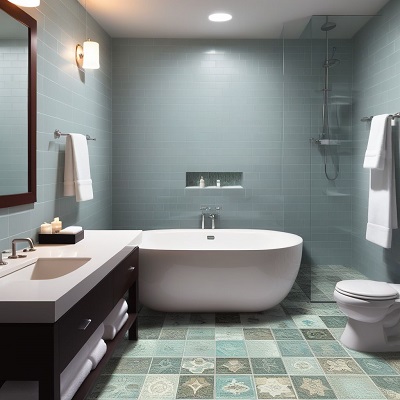

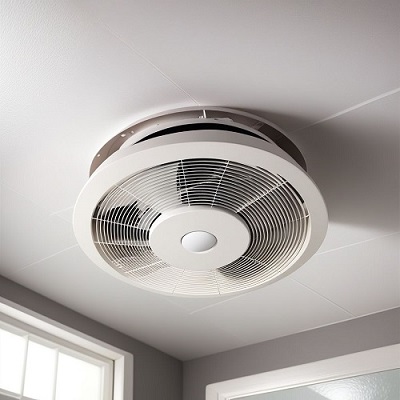



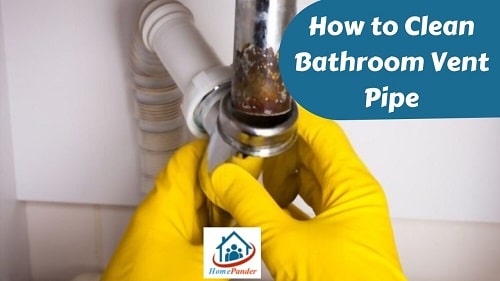
![How To Clean Dark Grout That Has Turned White [5 Easy Ways]](https://homepander.com/wp-content/uploads/2021/12/How-To-Clean-Dark-Grout-That-Has-Turned-White.webp)

![How to Remove Crystallized Urine [Explained]](https://homepander.com/wp-content/uploads/2022/02/How-To-Remove-Crystallized-Urine.jpg)


